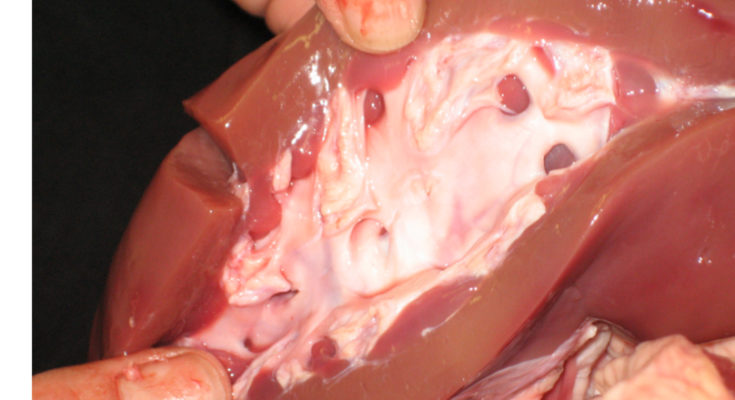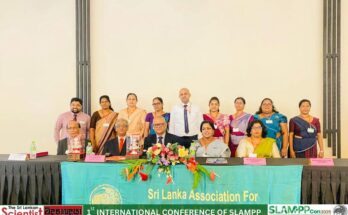Cadmium alone can’t be considered as the root cause for the Chronic Kidney Disease of unknown etiology, says prof. Chandre Dharmawardhana, a Professor of Theoretical Physics at the Université de Montréal and Principal Research scientist at the National Research Council of Canada . He made this remarks at a seminar held in Colombo under the theme “CKDu: State of the art and future directions”. The seminar witnessed an audience of many scientists, intellectuals and policymakers who are interested in CKDu in Sri Lanka.
Chandre Dharma-wardana is a Sri Lankan-born academic and scientist. A former President of Vidyodaya Campus (now the University of Sri Jayewardenepura), he is currently a Professor of Theoretical Physics at the Université de Montréal. He is also currently a Principal Research scientist at the National Research Council of Canada.
Chronic kidney disease of unknown aetiology (CKDu) in Sri Lanka is one of the mostly discussed disease and many scientists from Sri Lanka as well as from other countries are trying their best to find an exact cause for this deadly condition for decades now. According to Prof. Ajith de Alwis from COSTI there are around 30 different hypotheses put forward by scientists and are being investigated scientifically.
Most pronounced in Sri Lanka’s North Central Province (NCP) CKDu primarily affects people of low socioeconomic status, particularly those involved in farming or living in agricultural areas. The absence of typical CKD risk factors, the geographical distribution of the disease, its prevalence among farming communities and histopathology findings collectively suggests the involvement of exposure to one or more environmental nephrotoxicants in the genesis and progression of CKDu. But scientists have so far have not been able to pin point an exact cause for this disease.

Main attraction of the seminar was the address by Prof. Chnadre Dharma-Wardana where he insisted scientifically that the Cadmium can easily be ruled out as a main cause of the CKDu prevailing in the dry zone villages in the country. In his speech he explained systematically how this Cadmium hypothesis fails the Bradford Hill Criteria for causation, and emphasized that some other hypotheses like Fluoride hypothesis and Ionicity models tally much better with BH criterion.
During his final remarks he insisted that it’s clear that bad water as one of the main reasons behind this CKDu problem and suggested that providing the effected people with rain water harvesting systems is the best possible option available to curb this problem till we find an exact cause and a long lasting solution.
Dr. Sarath Amunugama, the Deputy Director General of Public Health Service Under the Ministry of Health speaking in the seminar explained the Role of the Government in controlling this CKDu issue. According to Dr. Amunugama, the government has taken measures to increase the facilities to the CKDu patients specially making the facilities available in rural level. The facilities include new Screening Centers, laboratories, outreach clinics, improvement of dialysis facilities and new kidney transplant centers.

The two speeches were followed by a lively discussion in which many scientists expressed their ideas on the facts put forward by Prof. Chandre and Dr. Amunugama. Dr. Kamal Gammanpila strongly disagreeing with prof. Chandre insisted that Cadmium is one of the main cause of this CKDu problem. Dr. Pushpa Kulanatha from the The Institute of Indigenous Medicine explained how a novel approach to treat CKDu using traditional medicinal methods has been successful in curing the disease in 130 patients in CKDu effected areas.




